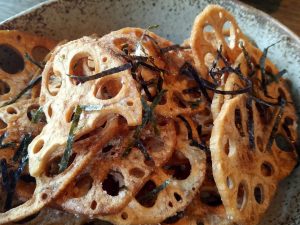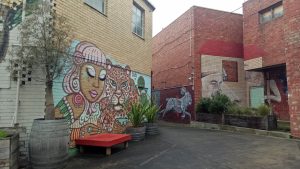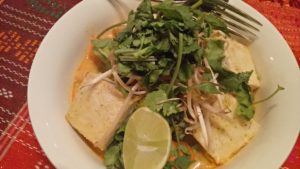This week was a milestone for wetlands across the world. February 2 marked the 50th anniversary of the Ramsar Treaty, the global conservation agreement to protect wetlands of international significance. February 2 is thus World Wetlands Day.
Iconic wetlands around Australia such as Kakadu, the Coorong in South Australia and Eighty Mile Beach near Broome make up the 66 Ramsar sites in Australia (12 of which are in Victoria). Wetlands are also vital for Australia’s bird populations as wetlands provide breeding and feeding sites to many of Australia’s native bird species.

In my opinion, all wetland areas throughout Australia are important for the survival of birds in Australia. In particular, my state of Victoria is home to a stunning array of wetlands which are where – sadly – Victoria’s duck shooting season occurs. While local animal conservation groups rally together to lobby the government to stop this practice, we can also do our part to help protect duck species in Victoria. We can explore our local wetlands to learn more about these delicate natural environments and their inhabitants. Education through exploration is therefore essential.
Here are those 12 stunning wetlands throughout Victoria:
Barmah Forest, Barmah National Park
About two and a half hours from Melbourne, you’ll find Barmah Forest adjacent to the Murray River. Barmah Forest is also home to eight nationally-listed threatened species and significant numbers of other native species.
Corner Inlet, South Gippland Region
Corner Inlet covers over 200 square metres in the state’s Gippsland, about two hours from Melbourne. It makes up the Corner Inlet Marine National Park, and is home to many species of birds including the critically endangered orange-bellied parrot.
Gippsland Lakes
The Gippsland Lakes are a network of lakes, marshes and lagoons covering over 600 square kilometres. The Black Swan can be found here, as well as several rare and threatened species including the Australian Bittern.
Edithvale-Seaford Wetlands, Melbourne’s south-eastern suburbs
Closer to Melbourne’s suburbs, you’ll find the Edithvale-Seaford Wetlands which covers close to 260 hectares. Populations of the Australasian Bittern can be found here; a bird of state significance and threatened in Victoria. In this area, as many as 7,000 birds call it home.
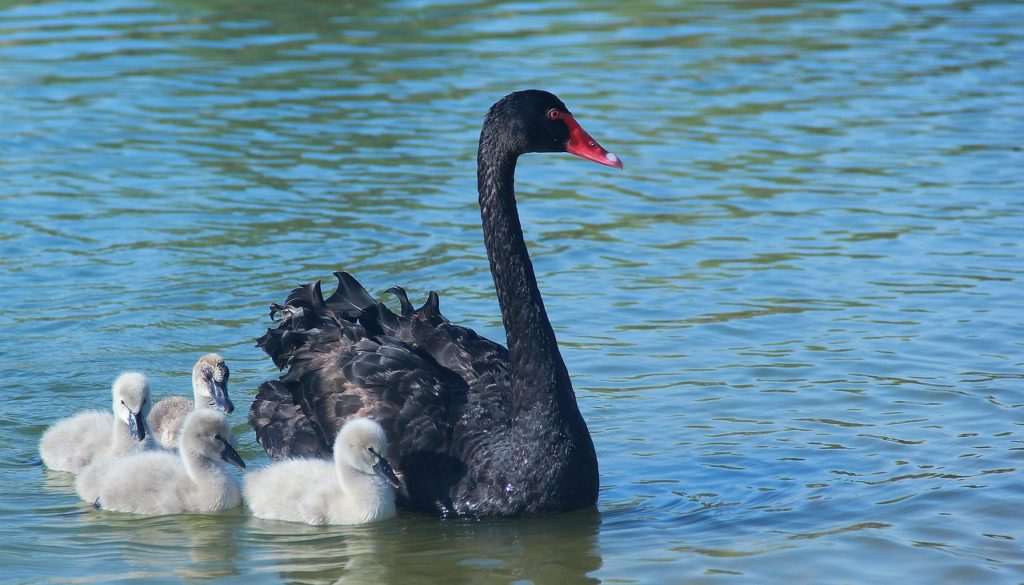
Glenelg Estuary and Discovery Bay Wetlands
Located in western Victoria, cover 22,000 hectares including a beach and dune system as well as freshwater wetlands. Ninety five 95 waterbird species call these wetlands home including the globally endangered Australasian Bittern, Great Knot and Far Eastern Curlew.
Gunbower Forest, Gunbower National Park
You’ll find Gunbower Forest in The Gunbower National Park in the Loddon Mallee region, about two hours north west of Melbourne. This flood-dependent area provides feeding opportunities, breeding space and refuge habitat for waterbirds including Egrets, Cormorants and Herons.
Hattah-Kulkyne Lakes, Hattah-Kulkyne National Park
These freshwater lakes fill seasonally, and there is an abundance of birdlife here. There are a number of birdwatching spots throughout the area for bird-watchers. In the entire park, hundreds of wetland birds from pelicans, ducks and spoonbills to the Mallee fowl and Emu Wrens can be spotted as well as the endangered Regent Parrot.
Kerang Wetlands, Northern Victorian Wetlands
This area features 23 lakes, marshes and swamps. There is a generous abundance of birdlife here, as over 50 species of birds have been found breeding in the area. Ibis species can be spotted as too Curlew Sandpiper, the globally endangered Australian Bittern, and the globally vulnerable Silver Perch.
Lake Albacutya, Wimmera Mallee Region
Lake Albacutya is made up of a series of lakes that are known for their nutrient-rich properties that can sustain dense plant populations. As a result, birdlife thrive here in its 5,500-hectare area, once it floods with the overflow from Lake Hindmarsh.
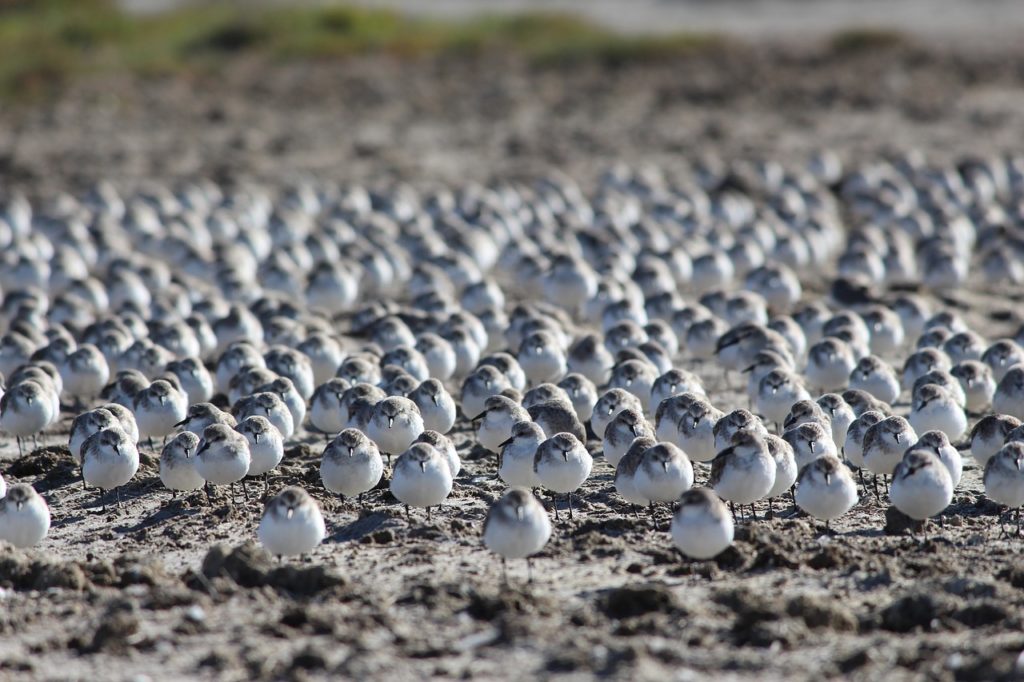
Port Phillip Bay (Western Shoreline) and Bellarine Peninsula
We are so lucky to have such a vast stretch of wetlands in our city’s ‘backyard’. This stretches from the city inner-city south-eastern suburbs right down to the Mornington Peninsula. This means travel is however long you want to make it. About 129 waterbird species of birds have been recorded in this stretch of wetlands; the abundance is booming!
Western District Lakes
Located in south-west Victoria near Colac, the Western District Lakes comprises of nine separate lakes. It’s another special area because it supports waterbirds at critical life stages such as breeding, moulting and migration. Surveying suggests that the Western District Lakes supports over 20,000 waterbirds in these life stages.
Western Port, South-East of Melbourne
Less than an hour from Melbourne, a large portion of Western Port is appears on Ramsar’s wetlands list due to its extensive mudflats. This includes French Island and the north-eastern shores of Phillip Island). Shorebirds (waders), ducks, swans, grebes, herons, egrets, ibis and spoonbills are all drawn to these mudflats as their preferred form of habitat. Bird numbers fluctuate seasonally and between years.
For the full list of 66 Ramsar sites in Australia, visit the Australian Wetlands Database. To learn more about the birds found in these areas, visit the BirdLife Australia website. For further information about World Wetlands Day, visit the official website.

